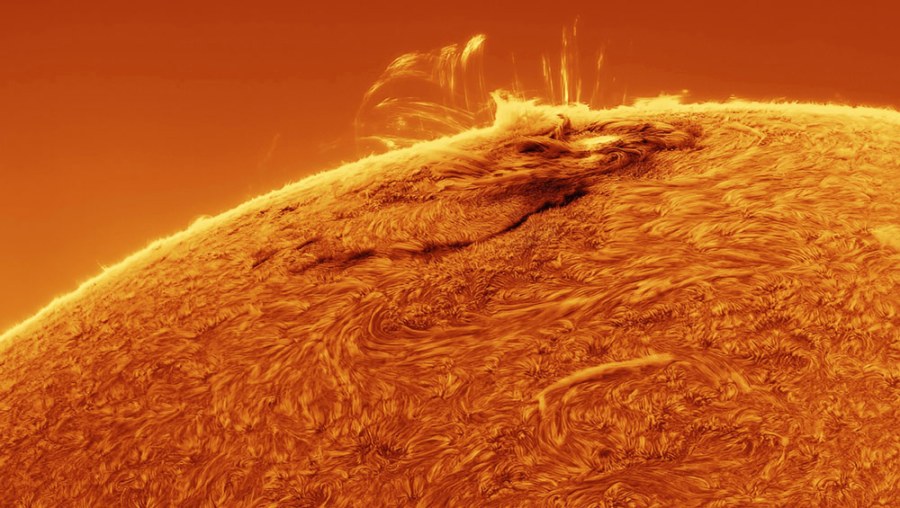Night and astro photography is seemingly growing in popularity by the year, and is increasingly taken up by landscape photographers keen to add a new string to their bow. High-quality cameras and lenses are more affordable too, especially if bought used.
Anyone passionate about this kind of imagery won’t want to miss the shortlist for this year’s Astronomy Photographer of the Year, featuring awe-inspiring scenes of the Milky Way, dancing aurorae and serene galaxies
The 2024 competition, run by Royal Observatory Greenwich and co-sponsors, received over 3,500 entries from amateur and professional photographers, submitted from 58 countries across the globe. It is now in its 16th year.
The winners of the competition’s nine categories, two special prizes and the overall winner will be announced on Thursday 12 September, with the overall victor getting £10,000.
The winning images will also be displayed in an exhibition at the National Maritime Museum from Saturday 14 September, alongside a selection of ‘exceptional’ shortlisted images.
The competition’s official book, published by Collins in association with Royal Museums Greenwich, will be available exclusively on-site and online at Royal Museums Greenwich from the exhibition opening date. It will then be available more widely from bookstores from Thursday 26 September.
Astronomy Photographer of the Year categories
- Astronomy Photographer of the Year 16 – Overall winner
- Skyscapes: Landscape and cityscape images of twilight and the night sky featuring the Milky Way, star trails, meteor showers, comets, conjunctions, constellation rises, halos and noctilucent clouds alongside elements of earthly scenery.
- Aurorae: Photographs featuring auroral activity.
- People and Space: Photographs of the night sky including people or a human-interest element.
- Our Sun: Solar images including transits and solar eclipses.
- Our Moon: Lunar images including occultation of planets and lunar eclipses and transits.
- Planets, Comets and Asteroids: Everything else in our Solar System, including planets and their satellites, comets, asteroids and other forms of zodiacal debris.
- Stars and Nebulae: Deep-space objects within the Milky Way galaxy, including stars, star clusters, supernova remnants, nebulae and other galactic phenomena.
- Galaxies: Deep-space objects beyond the Milky Way galaxy, including galaxies, galaxy clusters and stellar associations.
- Young Astronomy Photographer of the Year: Pictures taken by budding astronomers under the age of 16.
- The judges will also award two special prizes:
- The Sir Patrick Moore Prize for Best Newcomer: Photos taken by people who have taken up the hobby in the last year and have not entered an image into the competition before. The judges will give special consideration to those using simple and inexpensive start-out kits.
- The Annie Maunder Prize for Image Innovation: For images processed by the entrants using pre-existing open-source data.
Our Astronomy Photographer of the Year shortlist favourites
You can see the full shortlist here, but here are AP’s favourites. Hopefully it’s inspired you to enter next year’s contest, which will be announced soon!

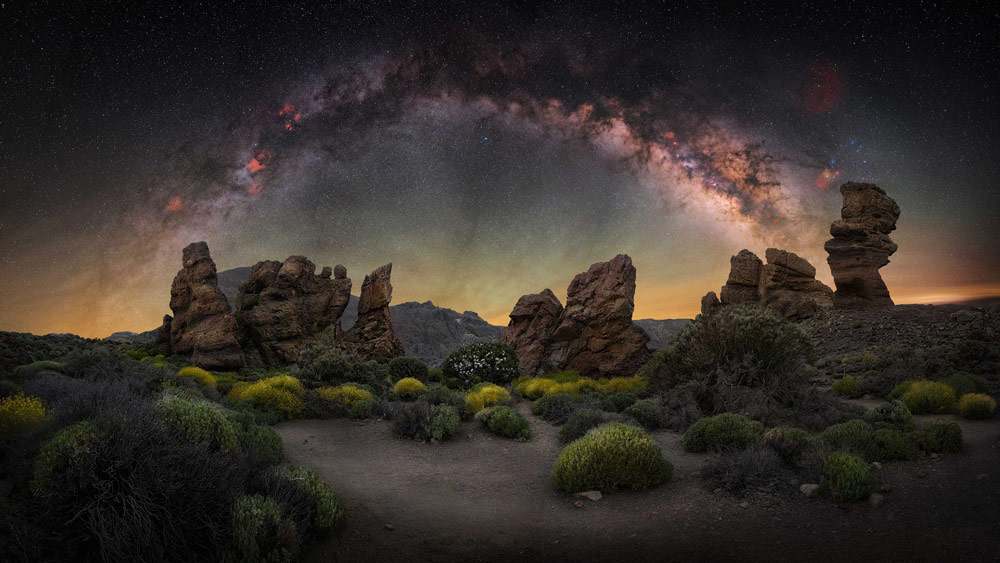



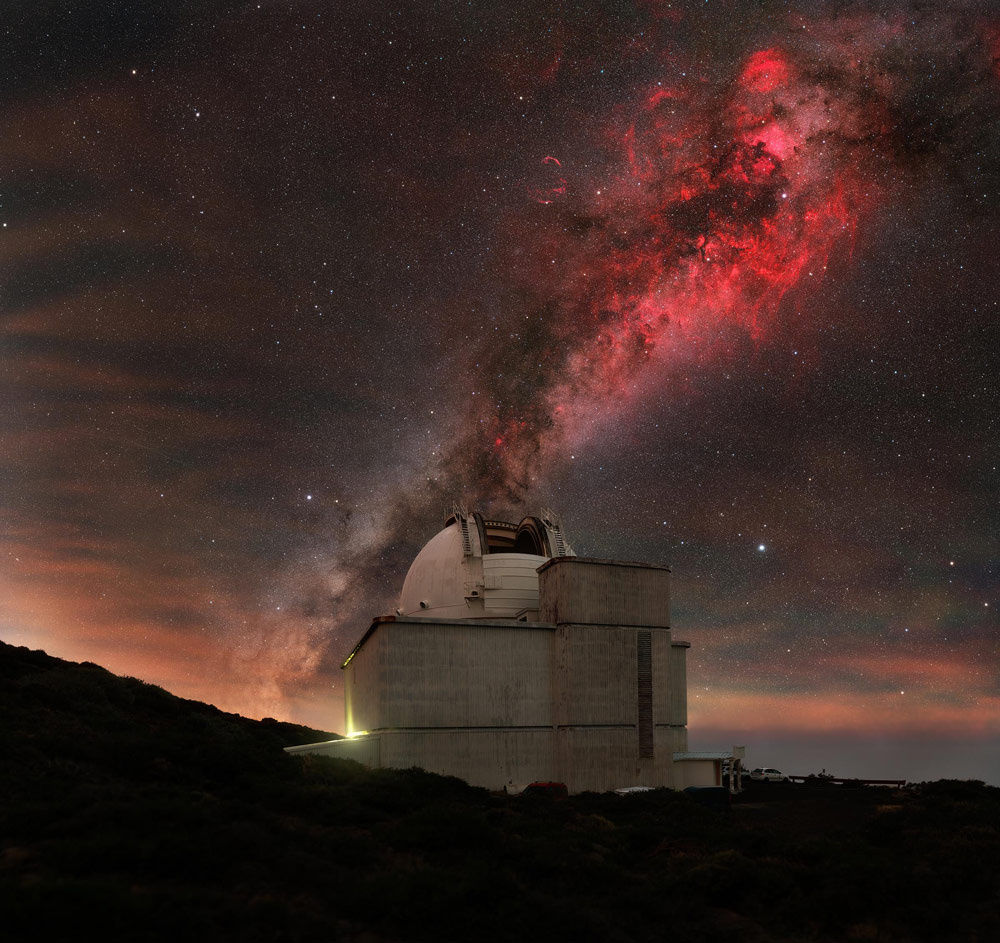


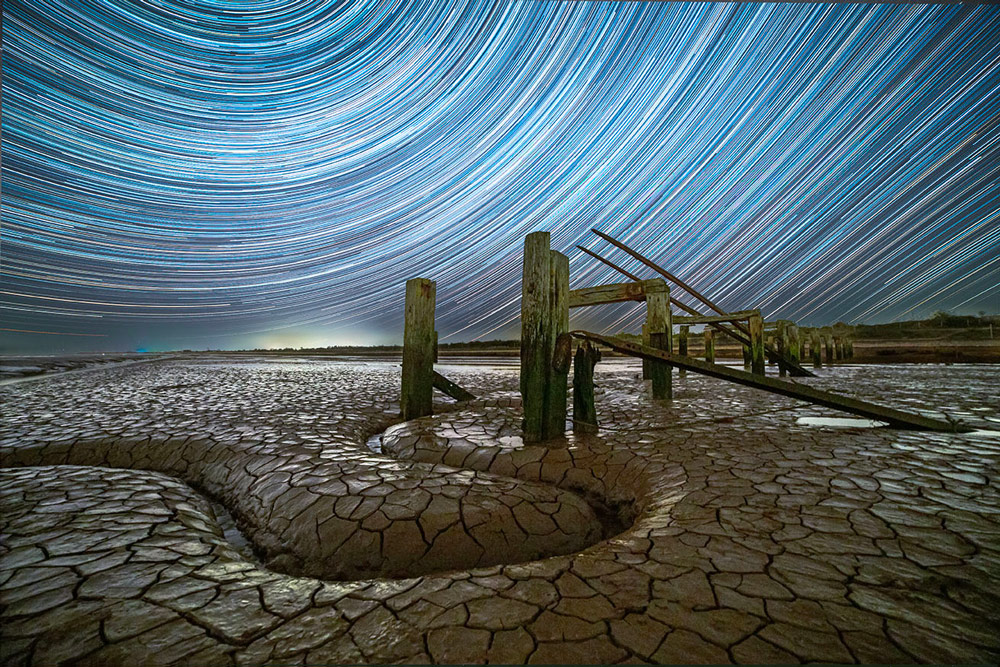
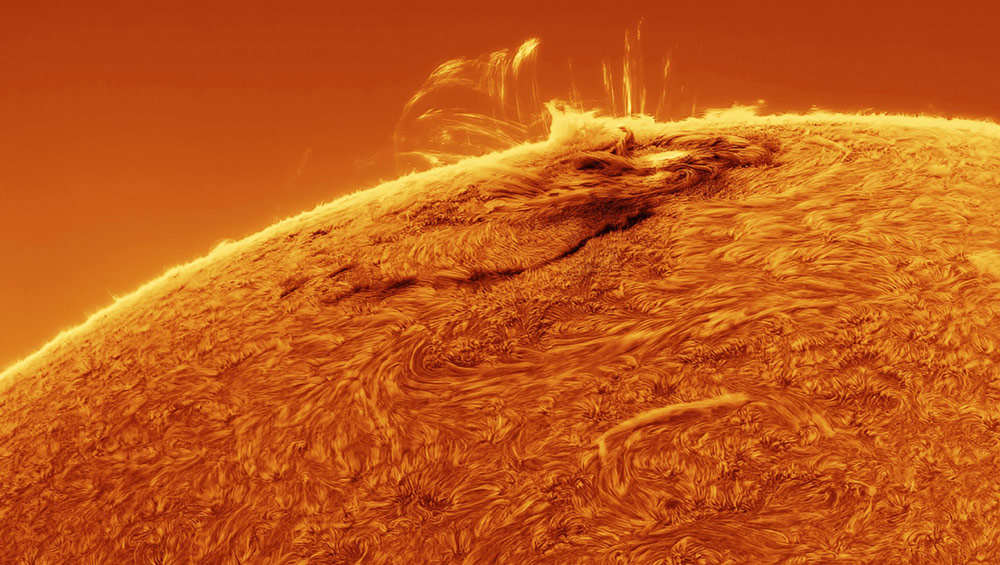
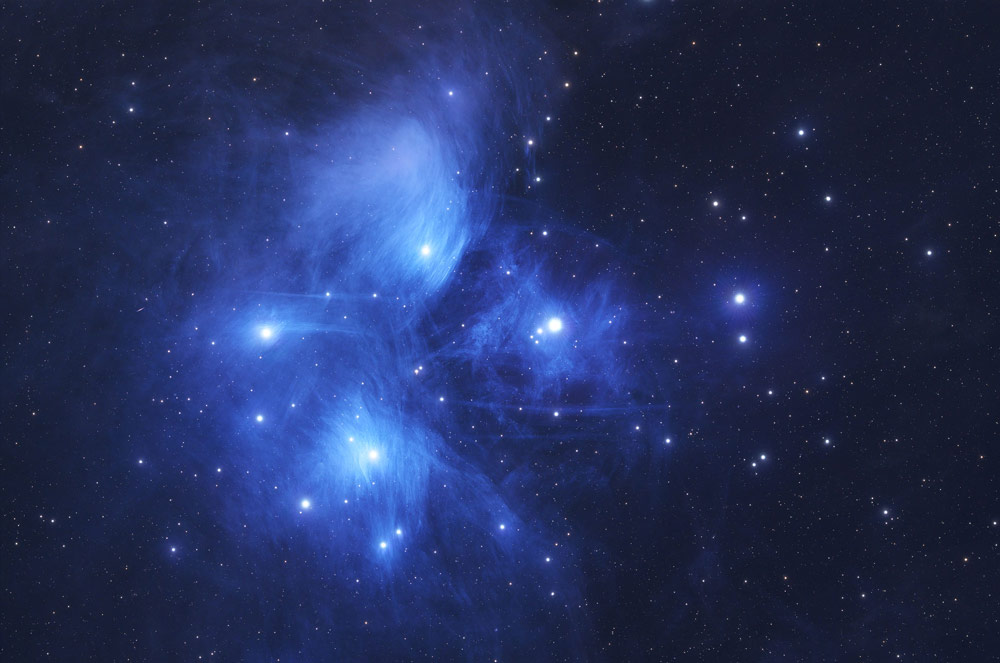
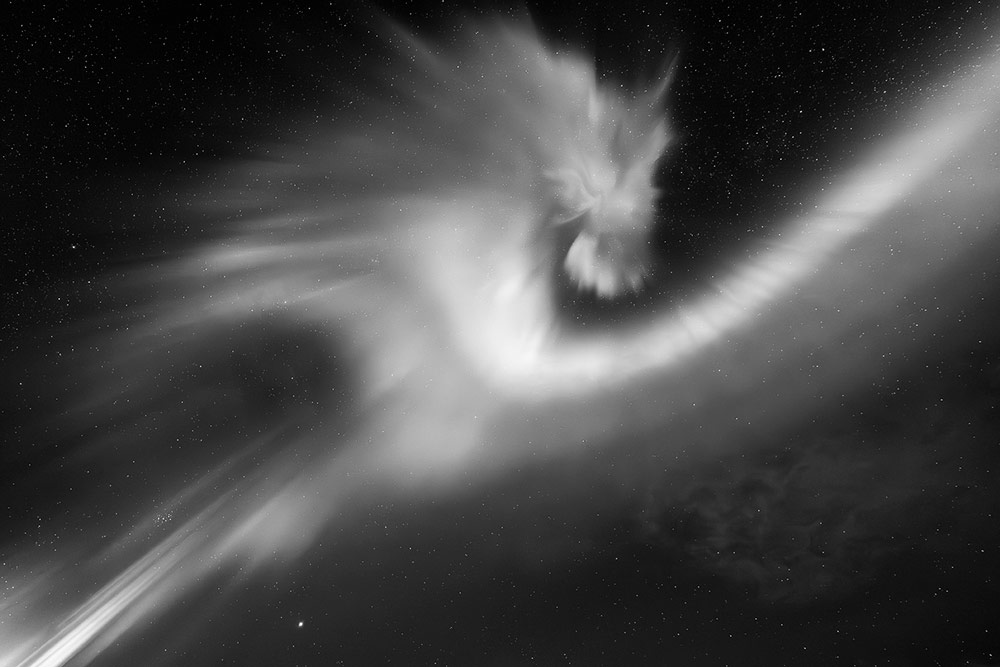
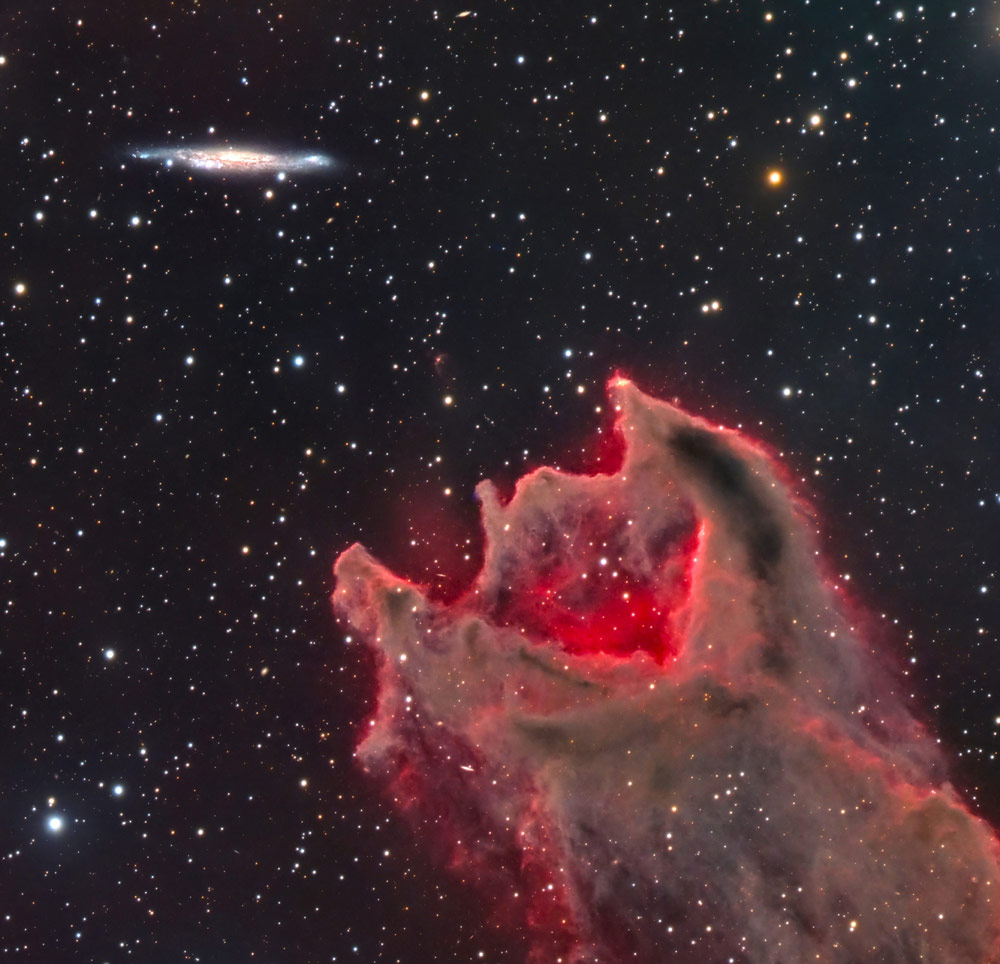
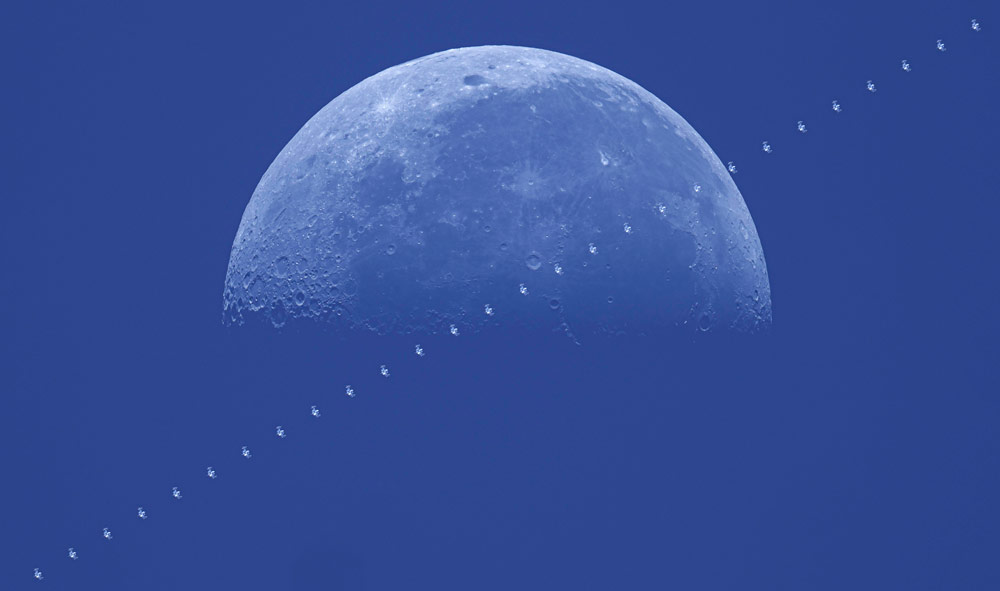

Further reading
Complete guide to astrophotography
How to improve your night photography
One more Olympus camera, the E-M1 III ASTRO for astrophotography!

